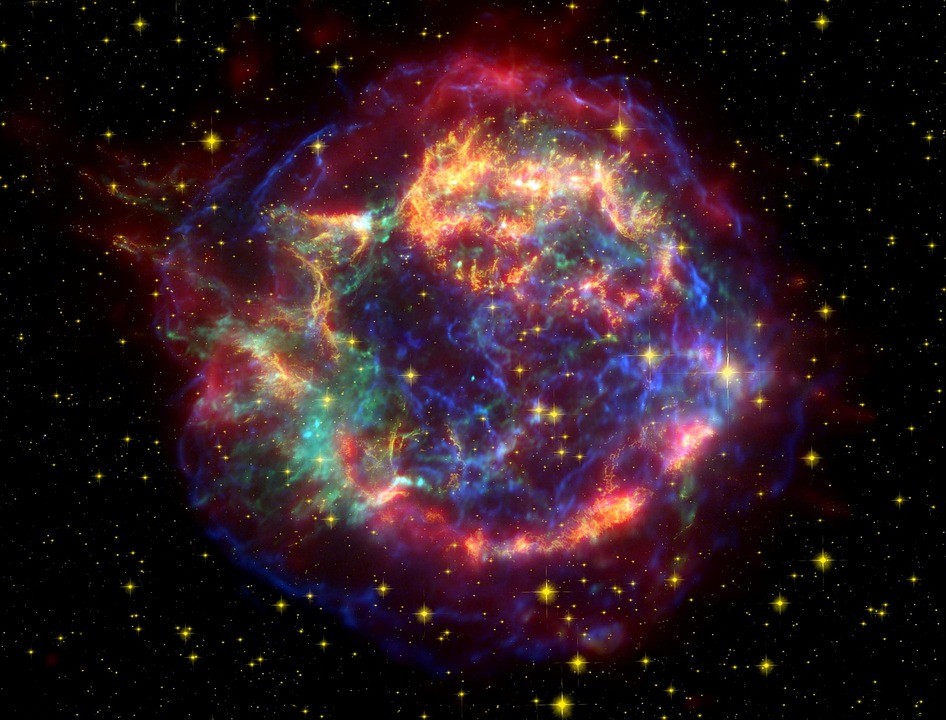359 million years ago, the explosion of one or more nearby stars in a supernova may have led to the extinction of more than 90% of the terrestrial life according to a study.
At the end of the Devonian period, the seas were filled with enormous creatures, some the size of a school bus. Then, a particular event came to turn everything upside down. A dramatic drop in ozone levels led to a cold snap that lasted nearly 100,000 years, triggering the growth of glaciers up to tropical latitudes. As a result, the sea level has dropped considerably. Thus, most life, concentrated at the time in the shallow habitats surrounding the major landmasses, was wiped out.
It is estimated that around 96% of vertebrate species have disappeared during this episode. Those that survived, the smallest, then adapted to their new environment, further reducing their size. The fossil record bears witness to this:in the years that followed, most of the surviving species were less than 40 centimeters long .
That being said, researchers have long wondered about the origin of this extinction. Large-scale volcanism and global warming have the potential to destroy the ozone layer. However, nothing in the archives suggests that such events occurred during this time interval. And the answer came from the sky?
Led by Brian Fields, researchers at the University of Illinois are indeed exploring the possibility that an astrophysical object could be responsible for the depletion of the ozone layer recorded at that time. The impacts of meteorites, solar flares and other gamma-ray bursts were considered in particular. However, the researchers indicate that these events are too short-lived to be the cause. According to them, the idea of a supernova explosion , about 65 light-years from Earth, would be much more coherent.
A supernova would have immediately bathed the Earth in damaging UV, X and gamma rays. Secondly, the cosmic rays accelerated by the supernova would have subjected our planet to long-lasting irradiation, ultimately damaging the ozone layer for at least 100,000 years .

However, this explosion might not be unique . Indeed, fossil evidence shows that terrestrial biodiversity began to decline as early as 300,000 years before the Devonian-Carboniferous mass extinction event. Thus, life could have suffered many attacks from the sky, long before the Earth turned into a gigantic ball of ice.
"It's totally possible “, assures Jesse Miller, co-author of the study. “Massive stars usually occur in clusters with other massive stars, and further supernovae are likely to occur soon after the first explosion “.
This is only a hypothesis at the moment, but it is the way the science goes. The isolation of radioactive isotopes of plutonium-244 and samarium-146 in the rocks and fossils deposited at the time of the extinction could prove it. Indeed, none of these isotopes occur naturally on Earth today. Also, they quickly disintegrate. The fact of finding it would therefore imply a fairly recent cosmic origin.